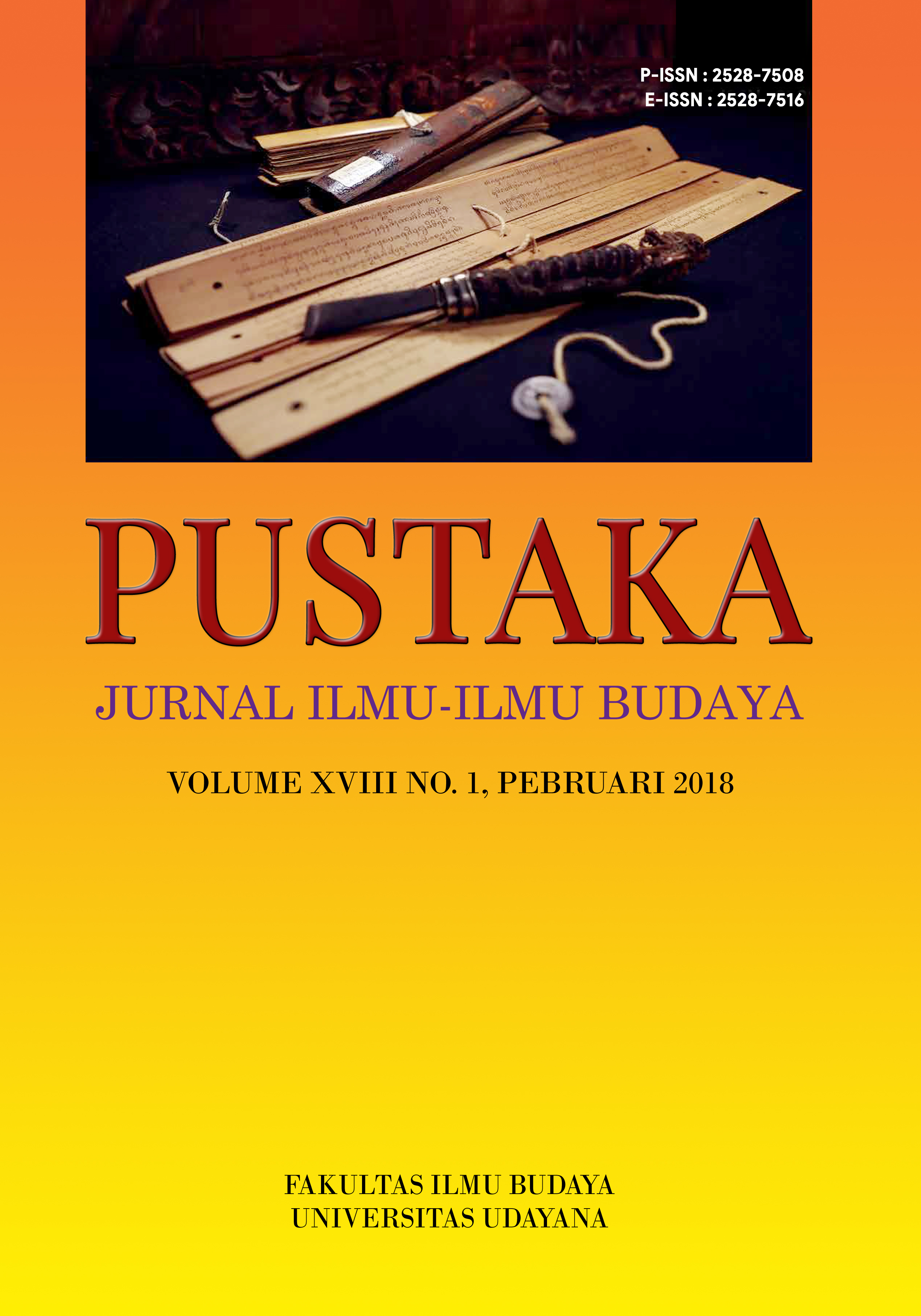Contact Phonology : Fonologi Kata Serapan dalam Bahasa Jepang
Abstract
This paper focuses its discussion about loanword phonology in Japanese language. Loanword phonology is one of five contact phonology situations that was described by Smith (2007). The four other situations are areal influence, dialect mixing, language mixing, and simplification. Japanese language has been borrowing many words from foreign languages. One of those foreign languages is English. As we all know that both languages, Japanese and English, have different phonological system. Therefore, borrowed words of English language has been adapted to fit the phonological patterns of Japanese language. This adaptation could solve the loanword phonology problem. And because up until now the number of loanword in Japanese language is till limited so the phonological system of Japanese language is remain unaffected. In other words, the loadwords’ phonology does not cause lasting changes in the phonological system of Japanese language.
Downloads
References
Kawarazaki, Miko. 2007. Nihongo: Kana – An Introduction to the Japanese Syllabary. Tokyo: Bonjinsha.
Kida, Mari, dkk. 2011. Moji-Goi wo Oshieru. Tokyo: The Japan Foundation.
Matsuura, Kenji. 2005. Kamus Jepang-Indonesia. Jakarta: Gramedia Pustaka Utama.
Sakade, Florence dan Janet Ikeda. 2013. A Guide to Reading and Writing Japanese. Hongkong: Tuttle Publishing.
Setyawan, Aan. 2016. “Pengertian dan Perbedaan Antara Creole dan Pidgin”. https://m.belajarbahasa. id/artikel/dokumen/95-pengertian-dan-perbedaan-antara-creole-dan-pidgin-2016-07-22-04-51 diakses tanggal 10 Oktober 2017 pukul 20.45.
Smith, Norval. 2007. Contact Phonology dalam Pennington, Martha C. (Eds). Phonology in Context (hal.76-107). Hampshire: Palgrave Macmillan.










